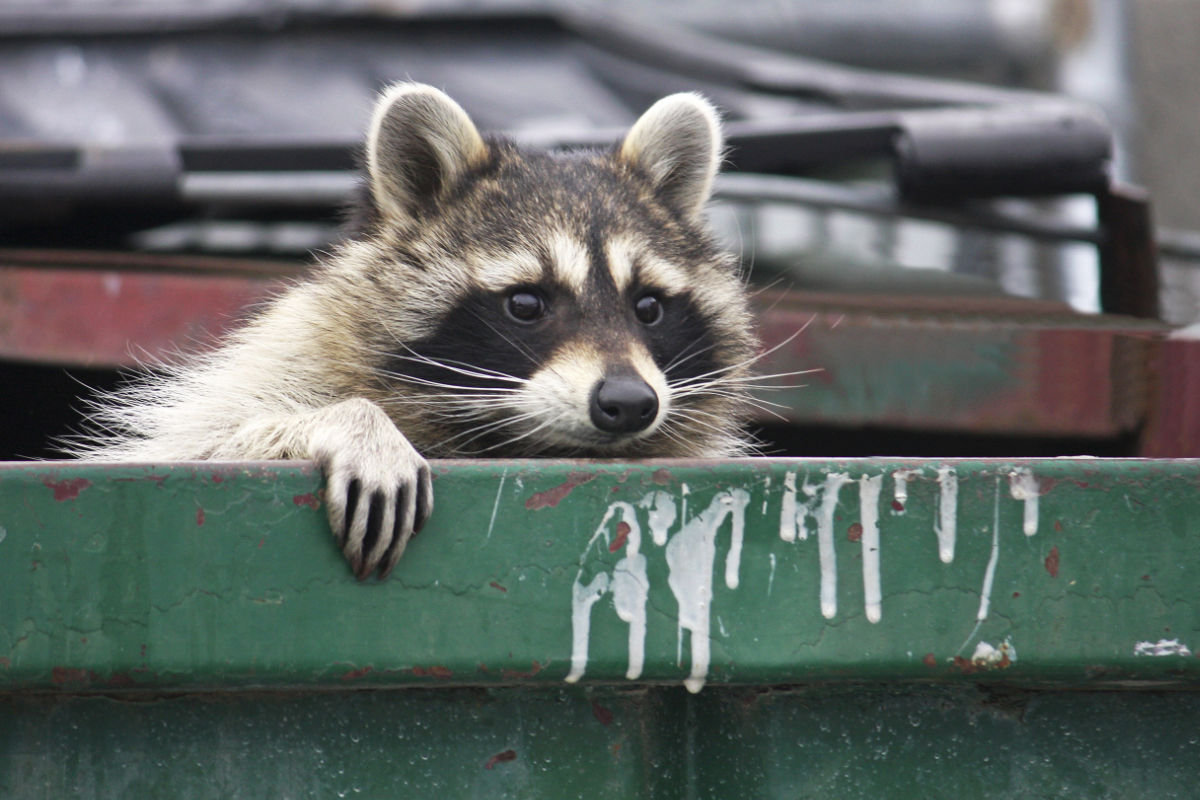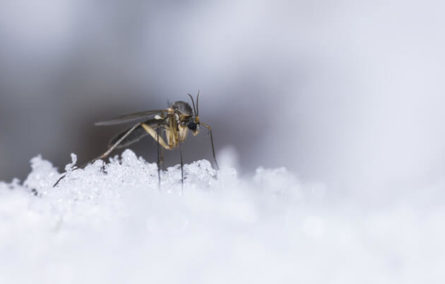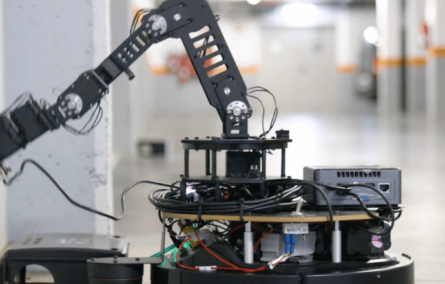Sanitation essential to pest management
With grain shipments coming in regularly, many of which are being stored for a long time, an insufficient cleaning schedule can amplify the ideal conditions for pests
Chelle Hartzer

Adobe stock
According to the World Health Organization, 420,000 lives are lost each year from consuming contaminated food. When it comes to grain storage and processing facilities, proper sanitation isn’t just a sound practice, it’s essential to ensuring food safety.
Sanitation is a prevention strategy to help safeguard your site against pest infestations and subsequent threats.
Here are some actions you should include in your schedule to reduce pest conditions and keep your facility operating smoothly.
Weekly
Maintain the exterior: Your exterior should be well-kept to deter pests from entering your facility. As much as possible, any spillage of grain or milled product should be cleaned up immediately. Keep any surrounding vegetation trimmed back from structures and low. Don’t forget outside employee areas, especially trash bins.
Check the corners and hard to reach areas: You know where they are — the elevator pits, around bin hoppers, transfer points, tunnels, even the head house.
Monitor for pests: This may sound a bit off topic since we are talking sanitation, but if you monitor for pests, you can find where they are. Where they are is often by a food source. So, you can use pest information to point out sanitation issues.
Employee areas: Remove any food debris in and around microwaves, refrigerators and vending machines. Wipe up any residue from coffee machines, water coolers and other appliances. Keep an eye on quality assurance (QA) areas, any labs and sample areas where you have stored product.
Monthly
Check equipment: This is probably being completed more often, but at least once a month, check all the equipment from a sanitation and a pest perspective. Make sure there are no leaks, all seals are tight and there is no evidence of pests.
Check for water: Water leaking around and into grain is not a good thing. Not only is there direct damage to the grain, it also offers an additional food source for grain feeding insects, weevils and mold feeding insects.
Quarterly
Inspect your roof: It’s easy to overlook the roof when it comes to sanitation, but it should be checked regularly for pest attractants such as standing water, debris and growth. It is also a good idea to make sure your HVAC unit is draining correctly and that your screens and filters are in decent condition.
Clean dumpsters: Regularly clean the area around dumpsters and keep them tightly closed to prevent pests from sheltering inside. Avoid overflow problems by reassessing your pick-up schedule to ensure it is sufficient for the amount of waste your facility produces.
Following these sanitation practices on an ongoing basis can reduce and even prevent pests. It is also worth considering investing in some long-term measures to ramp up your defense strategy. Repaving sunken areas that tend to collect water and replacing exterior lighting with sodium vapor or LED lights are other ways to help reduce pest activity on your property.
By implementing a strong partnership with your pest control provider and a stronger sanitation schedule, you’ll be scrubbing pests out of your facility in no time.
source: world-grain.com


